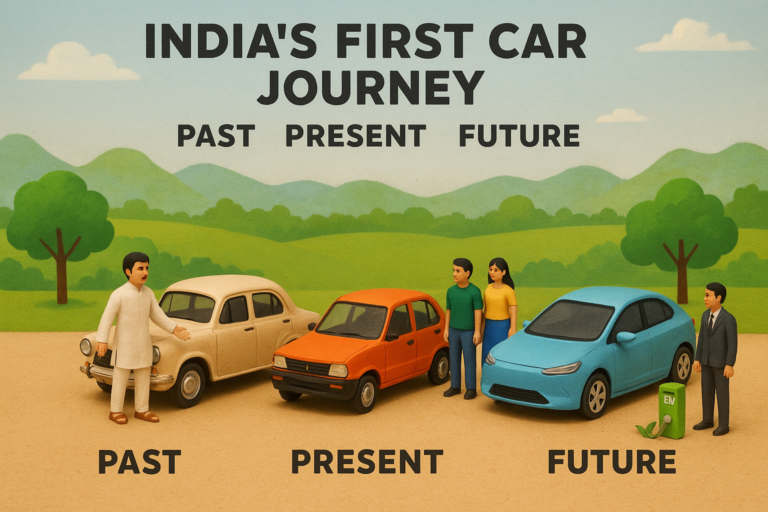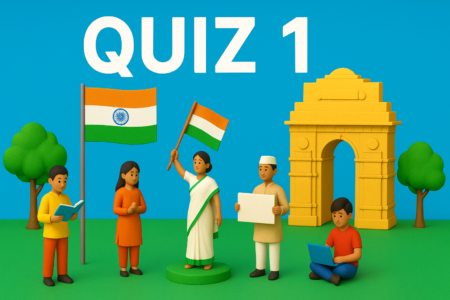Introduction
When we see modern cars zooming on Indian roads today, it’s hard to imagine a time when owning a car was a dream for most families. The journey of India’s automobile industry began with a bold idea in the 1970s — to create a small, affordable car for the common Indian family. This dream was closely linked to Sanjay Gandhi, the younger son of Prime Minister Indira Gandhi, who played an important role in shaping India’s first car project, Maruti.
In this blog, we’ll explore how India took its first steps with Maruti, how the idea changed over time, and what the Indian car industry looks like today.

India’s First Steps: The Maruti Dream
During the early 1970s, very few Indians could afford a car. Vehicles like the Ambassador and Fiat were costly and limited to the wealthy or government officials. Sanjay Gandhi wanted to change this by producing a “people’s car” — something reliable, small, and affordable for middle-class families.
- In 1971, a company called Maruti Limited was set up under Sanjay Gandhi’s leadership.
- The goal was to produce an Indian car that was economical and could compete with foreign models.
- However, the first attempt failed due to lack of experience, poor planning, and financial troubles.
Although the initial project did not succeed, it was the first big step towards making India self-reliant in the automobile sector.
Subsequent Improvements: The Rise of Maruti Suzuki
The dream of an affordable car did not die. In the 1980s, the Indian government revived the project and partnered with Suzuki Motor Corporation of Japan. This collaboration gave birth to Maruti Udyog Limited, which became a turning point in Indian automotive history.
- In 1983, the Maruti 800 was launched, and it soon became a household name.
- It was small, fuel-efficient, affordable, and perfectly suited for Indian families.
- The Maruti 800 symbolized modernization, middle-class aspirations, and mobility.
This marked the beginning of India’s automobile revolution, and the country slowly started catching up with global standards.

Today’s Scenario: A Growing Automobile Giant
Fast forward to today, and India is one of the largest car markets in the world. The seeds planted by Sanjay Gandhi’s Maruti dream have grown into a massive industry:
- Maruti Suzuki remains the market leader, with popular models like Alto, Swift, Baleno, and Brezza.
- India now manufactures cars not just for domestic use but also for export to many countries.
- Other global brands like Hyundai, Tata Motors, Mahindra, Kia, and Toyota have made India a hub for automobile production.
- The future is moving towards electric vehicles (EVs) and green technology, with Indian companies investing in sustainable cars.
Why Students Should Know This Story
Understanding the story of India’s first car – Maruti by Sanjay Gandhi is important for students because:
- It shows how dreams and ideas, even if they fail at first, can inspire future success.
- It highlights India’s journey from dependence on foreign cars to becoming a global automobile leader.
It teaches lessons in innovation, persistence, and learning from mistakes.
Conclusion
The story of India’s first car, Maruti, reminds us that every big industry starts with a small idea. Sanjay Gandhi’s vision in the 1970s was not perfect, but it paved the way for a revolution. Today, India is not only producing millions of cars but also preparing for a future of electric and smart vehicles. For students, this journey is more than just about cars — it’s about how dreams, failures, and improvements create progress for an entire nation.







